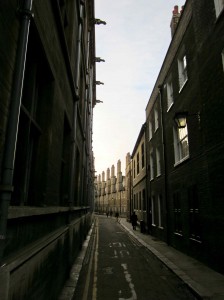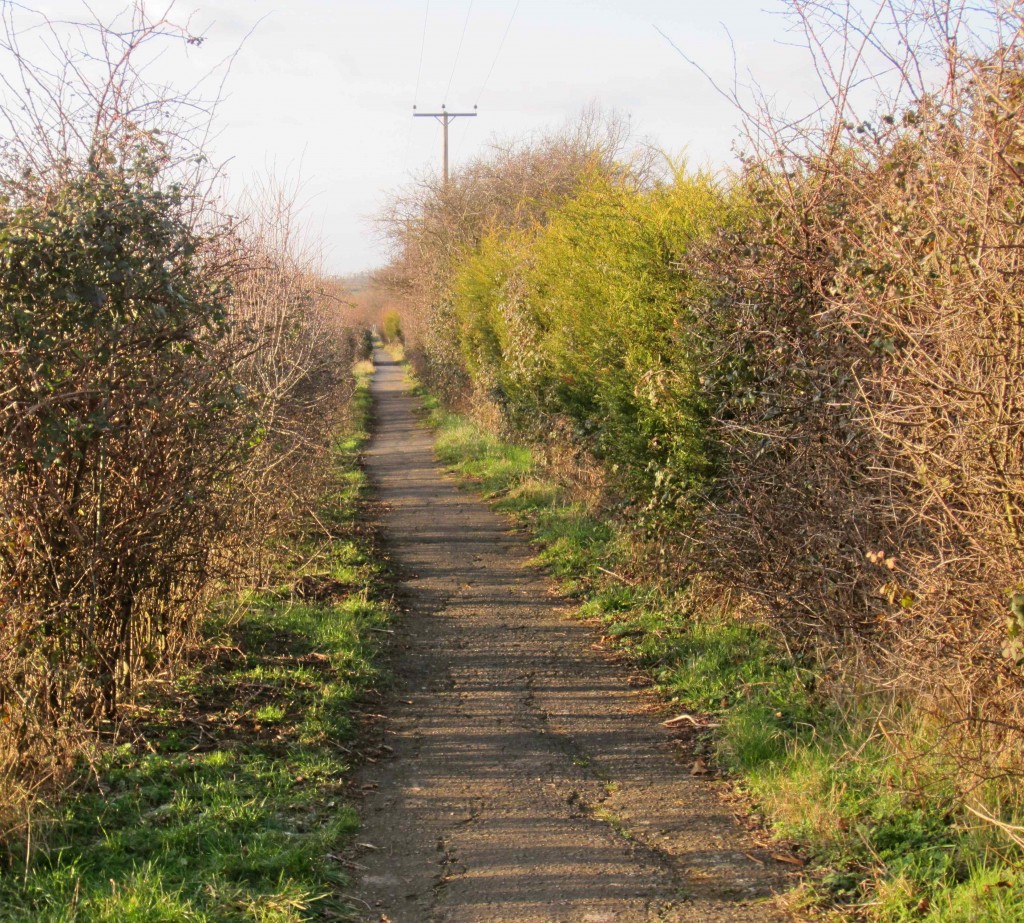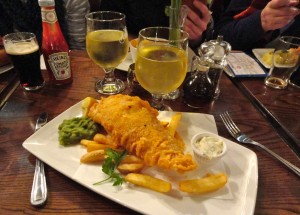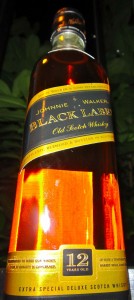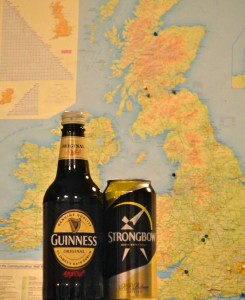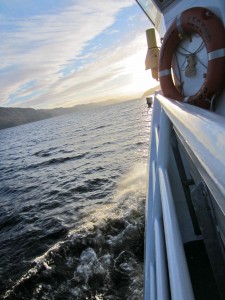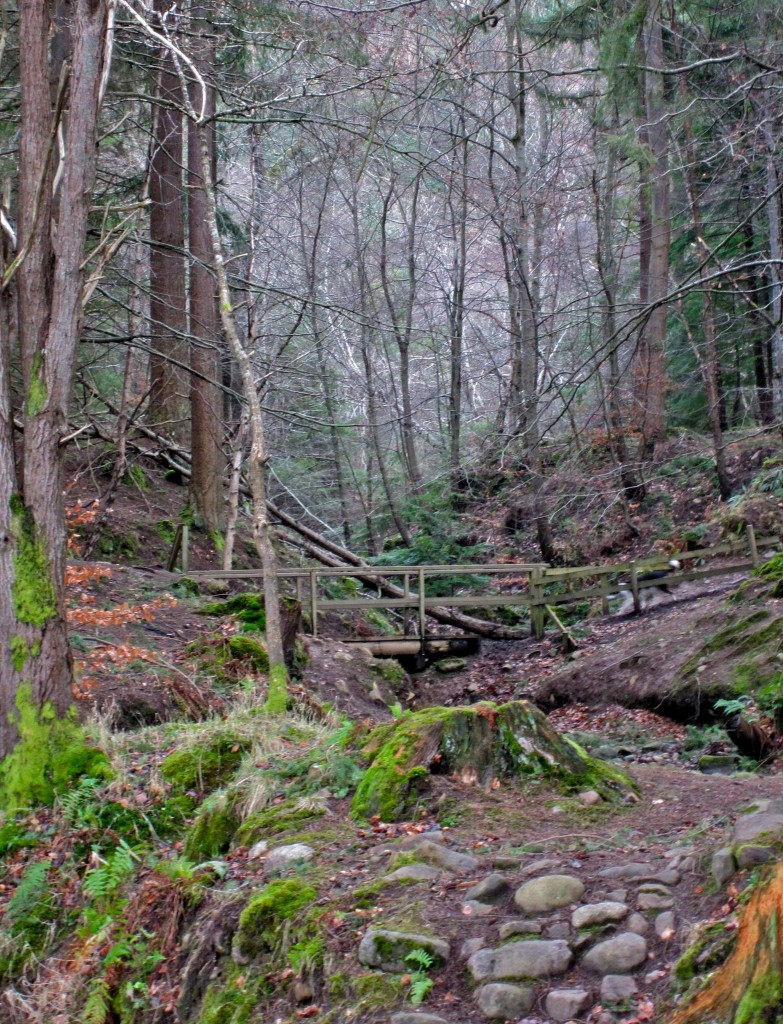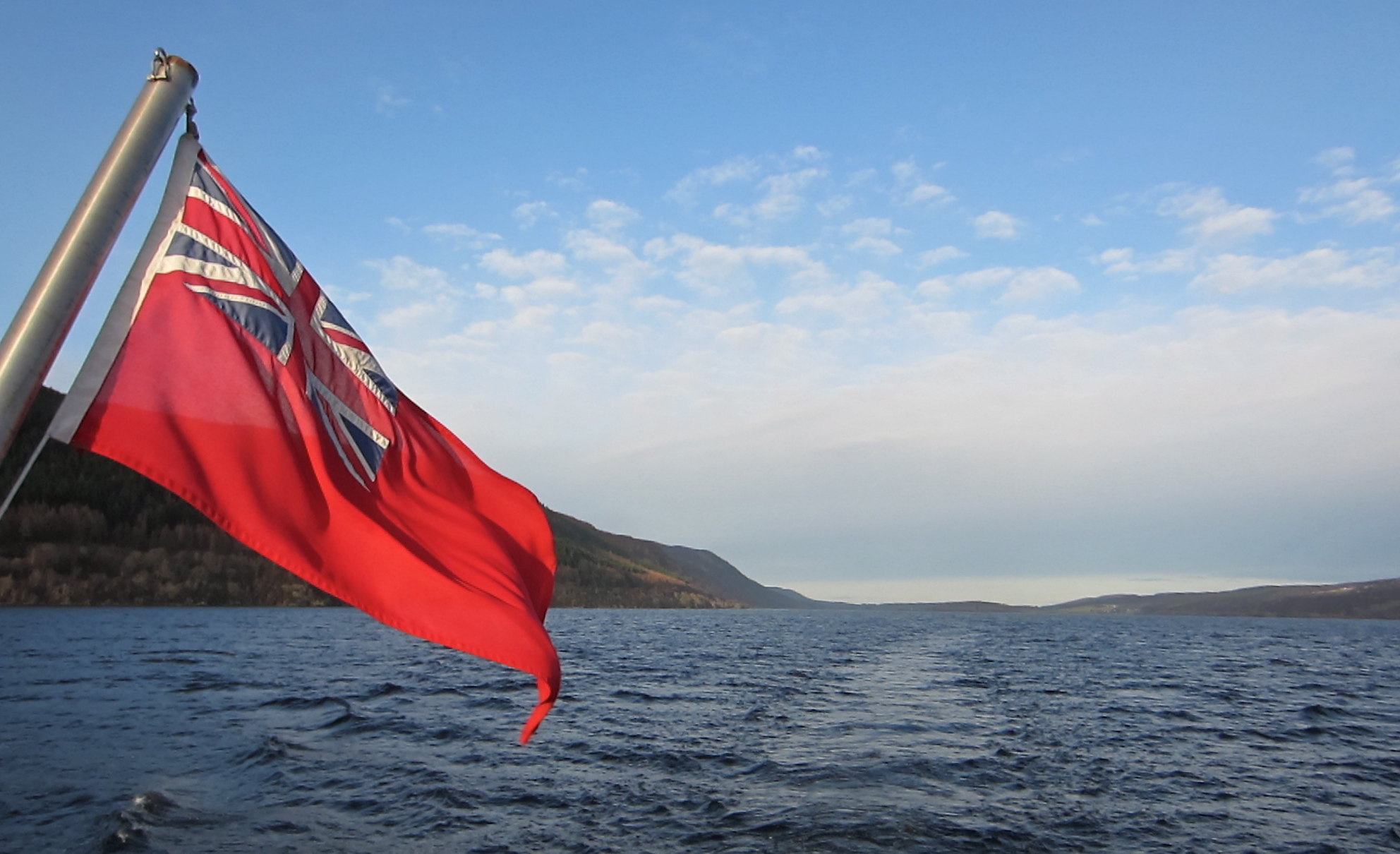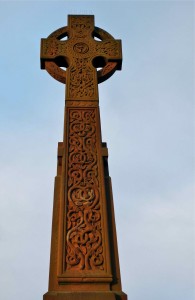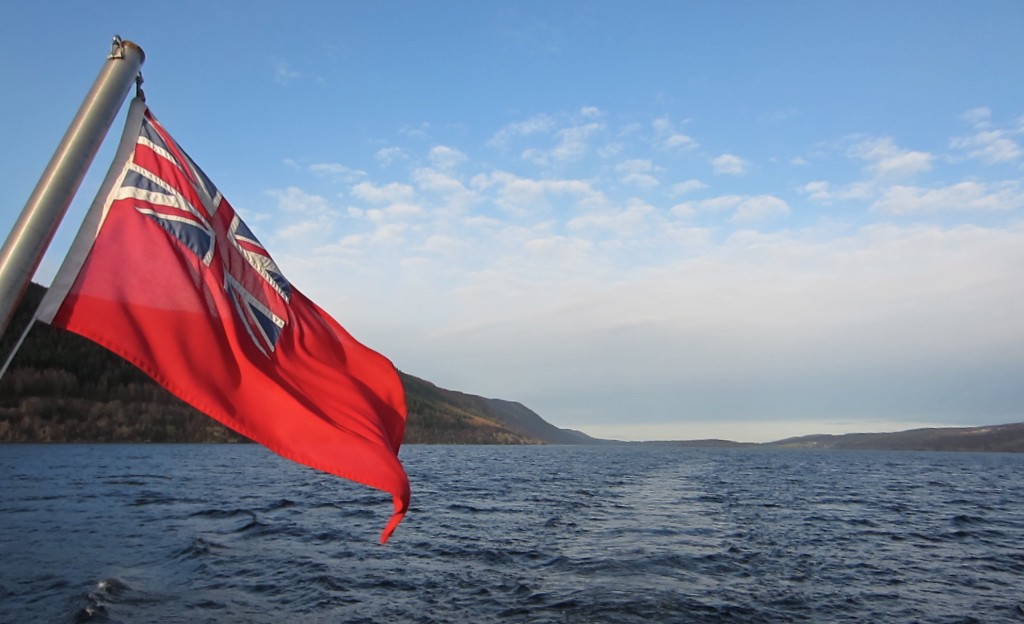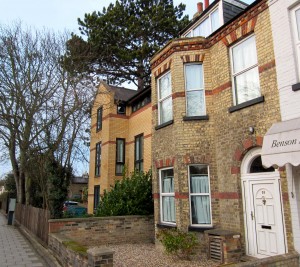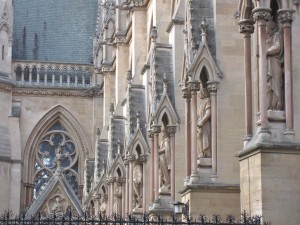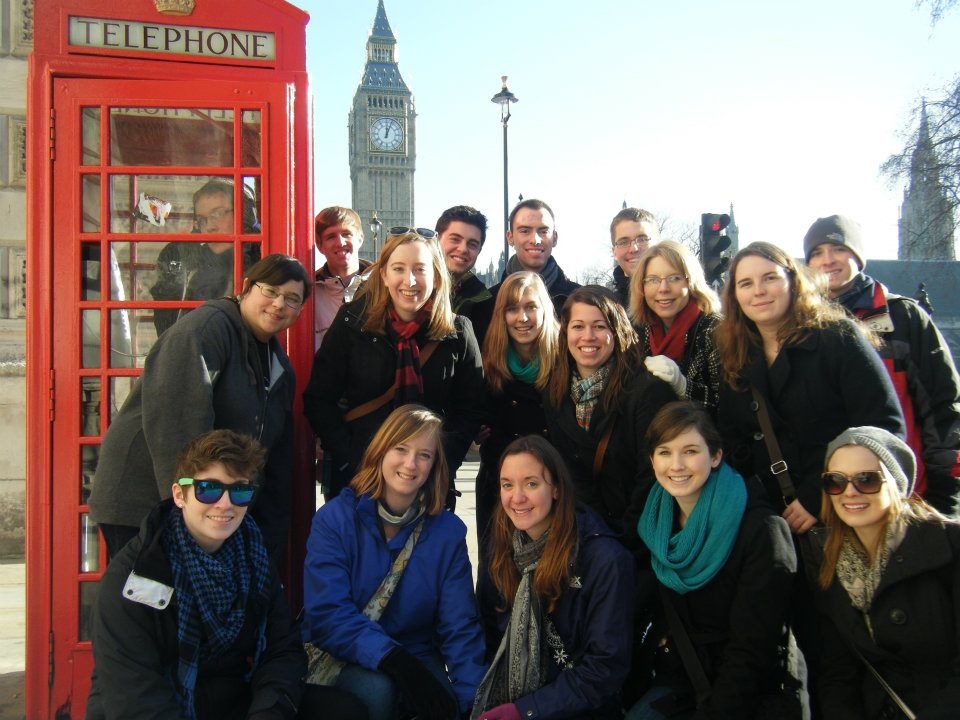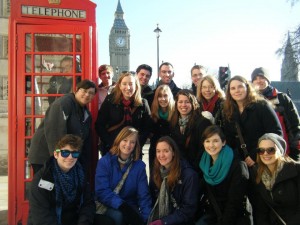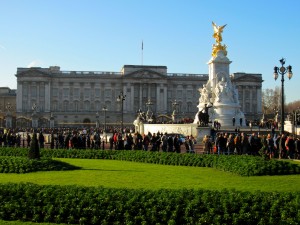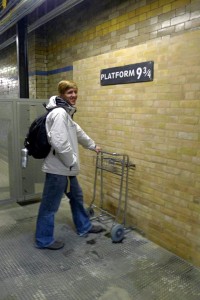One of the largest adjustments I’ve had to make coming to the UK has been losing the independence that came from owning my own car. However, this has given me the chance to explore many of the ways locals travel around Britain.
There are a surprisingly large number of cars in the UK. However, driving really isn’t optimal. This is especially true in old medieval towns like Cambridge that have very narrow (and often stone) streets. These have enough difficulty handling the flow of bikers and walkers, much less cars.
Chances are, most long distances you would travel by car in the States can be traveled by bus, taxi, or train here. Most journeys of over several hours are traveled by train. While rail tickets aren’t necessarily cheap, there are many available departure times to nearly every destination. From Cambridge, it is possible to get anywhere in Britain within one day of travel. Trains are easy to use, clean, and relatively comfortable.
If your journey is shorter than about two hours taxis and buses are often used. Taxis are far more convenient, but an all-day bus pass to anywhere in or around Cambridge costs half of what a taxi ride across the city would. Besides having to plan your trip within the bus schedule, they can be rather confusing in general. To start with, bus schedules aren’t easy to read, but finding one can be just as hard. Many bus stops have had their schedules stolen, and because the locals don’t need a schedule another one simply isn’t put up. On top of this, most cities have two bus companies, and as easy as it might seem it can be difficult to get the schedule, ticket, and bus to all match.
Within cities the majority of people prefer to transport themselves and not pay. Bicycles are most common and all European cities have an army of them. Nearly every single road has a lane specifically for bicyclists. Due to the large number, having proper warning lights is taken very seriously. I’ve seen several cyclists pulled over by policemen for having a missing light.
If you don’t have a bicycle, then you are left walking alongside the majority of others. Conveniently, most European cities are compact and it’s not too far to most locations (however, it’s not considered a long walk unless it’s at least 45 minutes!). Personally, I like walking because it gives you a chance to take pictures and notice things you normally wouldn’t. The main thing to remember when walking is that there is a hierarchy. Vehicles have a lane, bicycles have a lane, and those walking have the sidewalk. And if you venture into a lane that’s not yours you had better watch out because bicyclists will hit you and cars won’t slow down until they absolutely have to. The fact that cars drive on the left side of the road isn’t a huge problem if you take the time to think, but if you’re traveling to Britain expect to have several near accidents in the first few weeks!
Missed a blog or want to see what else is going on in Cambridge? Take a look at: http://blogs.valpo.edu/studyabroad/category/cambridge-england/
Take a look at my photo albums on Picasa at: https://plus.google.com/photos/112463823006344854498/albums?banner=pwa
Follow me on Twitter at: https://twitter.com/#!/CambridgeUKJohn

